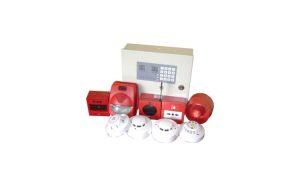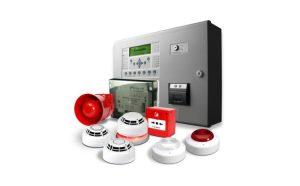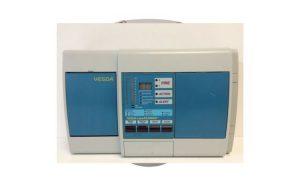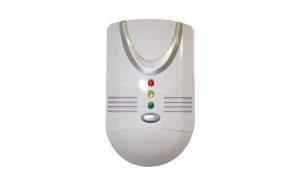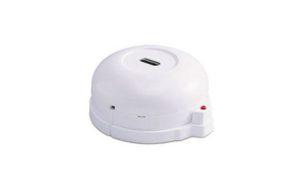Fire Alarm System
Home » Fire Alarm System

Fire Alarm System
Generally a fire alarm system is installed for protection of life, property and mission. In order for a alarm system to be useful, it must perform these functions:
- Detect the presence of a fire,
- Notify the occupants
- Notify the fire department
- Operate other fire safety functions such as release magnetically held open smoke doors.
Your system should detect smoke as soon as possible. Safevision offer different type and brands of alarm system to meet different commercial, business and industry requirements.
Fire Alarm System ( Conventional )
Conventional fire alarm system are the most basic type of fire detection systems. They usually consist of several linked detectors, which are split into different zones if a conventional fire alarm detects a fire, it may tell you the zone
Conventional fire alarms are most appropriate for small businesses
Conventional fire detection systems are best suited to smaller businesses such as small offices, shops, restaurants and small industries.
A good option for smaller budgets
One of the key considerations when deciding which alarm system to choose will obviously be your budget. In general, conventional fire panels, detectors and devices do tend to be the cheapest available. Once this has been completed however, the setup of the actual alarm system itself is fairly straightforward, there is no configuration needed.
Fire Alarm System ( Addressable )
An addressable fire alarm system consist of a series of fire detectors and devices that are connected back to a central control panel.
With addressable systems, each device has an address or location, enabling the exact detector that was triggered to be quickly identified. This makes addressable alarm systems ideal for large buildings, particularly commercial premises spread over a wide area.
Advantages :
- Quickly determine the location of a fire.
- Specific actions can be programmed by the user.
- Reduced likelihood and better handling of false alarms.
- More reliability, less likely to lose connection.
- Lower overall cost of wiring.
- Ability to monitor integrity of the system, with detector health checks.

